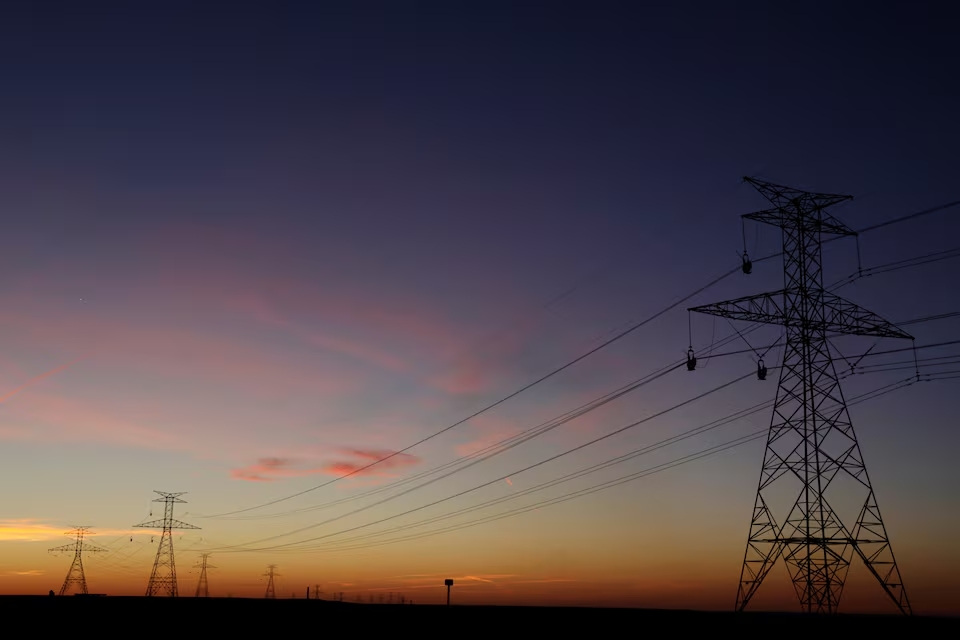Fermi, a Texas company looking to build four nuclear plants next to a U.S. nuclear weapons complex, said in documents revealed on Tuesday that it is talking with large data managers on leasing agreements for the project.
Fermi, co-founded by Rick Perry, a former U.S. energy secretary, wants to build four AP1000 reactors at a facility it is calling a “hypergrid.” The up to 11 gigawatt (GW) facility in Amarillo powered by nuclear, natural gas, and renewable energy, is planned near the Department of Energy’s Pantex nuclear weapons plant and in partnership with Texas Tech University.
Fermi said in its application at the Nuclear Regulatory Commission, which the regulator made public on Tuesday, that it is engaging in talks with many Big Tech companies, known as “hyperscalers,” on letters of intent and term sheets, or preliminary documents that are usually non-binding.
The application said that the hyperscalers would be tenants, apparently meaning they would not own part of the plants. Fermi did not immediately answer questions about financial arrangements being discussed with Big Tech companies or which or how many hyperscalers it is in talks with.
The last two reactors built in the U.S. were AP1000, completed in Vogtle, Georgia. They cost a total of more than $30 billion, according to the U.S. Energy Information Administration.
Those plants were delayed by years and came in billions of dollars above projected costs. But nuclear backers say lessons learned should cut construction time and final costs of the next AP1000 reactors.
Fermi said in the application that the nuclear complex, which it calls the Donald J. Trump Generating Plant, will be eligible for financing from the Department of Energy’s Loan Programs Office. The only time the president tapped the LPO in his first term was for the Vogtle plants.
The company said other plans to finance construction and operation include equity capital contributions from institutional infrastructure and real estate investors, structured bond offerings, and clean energy tax credits.
Source: Reuters

